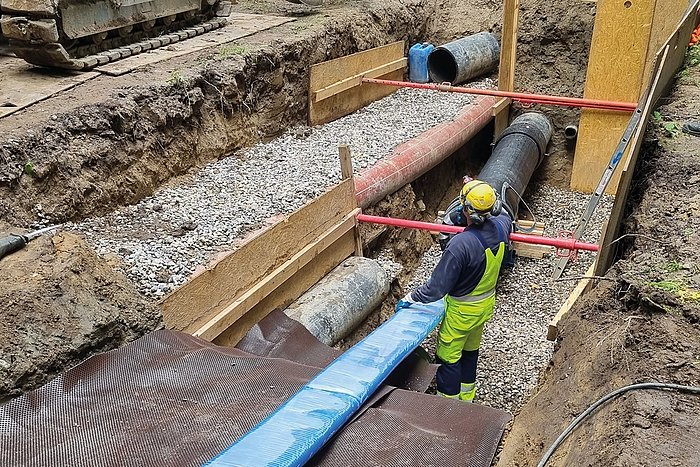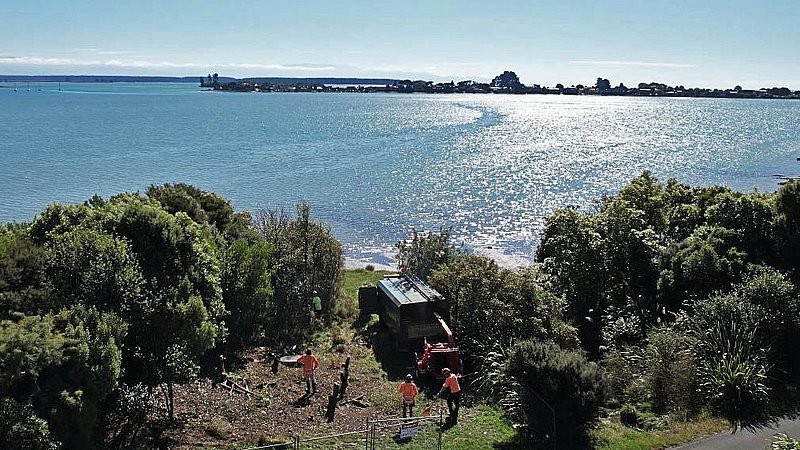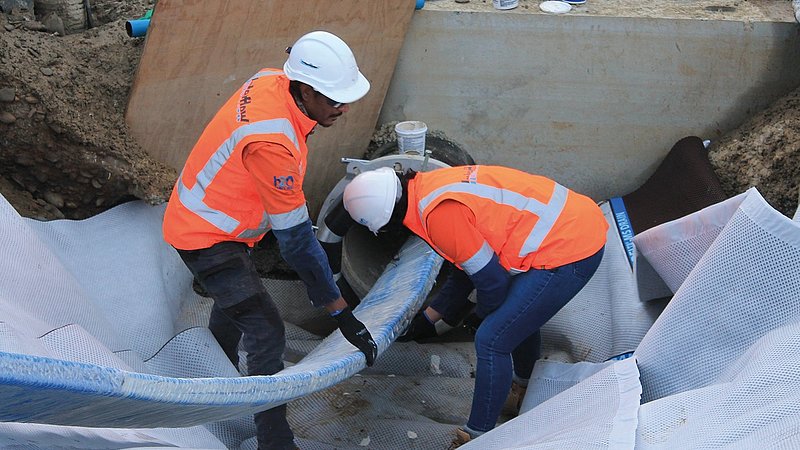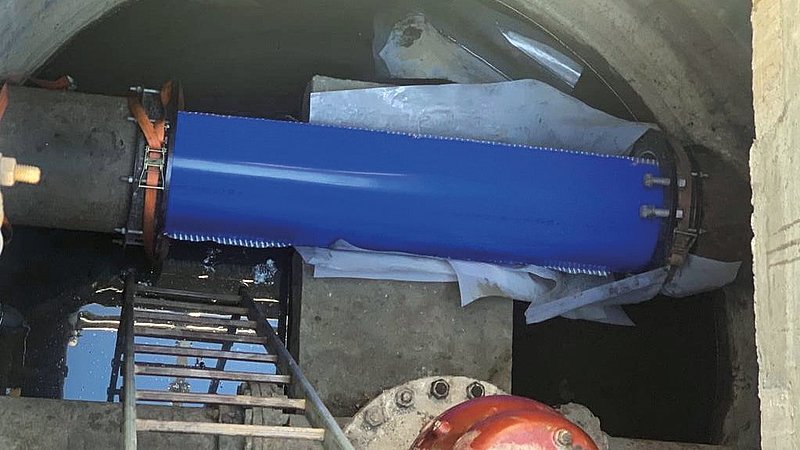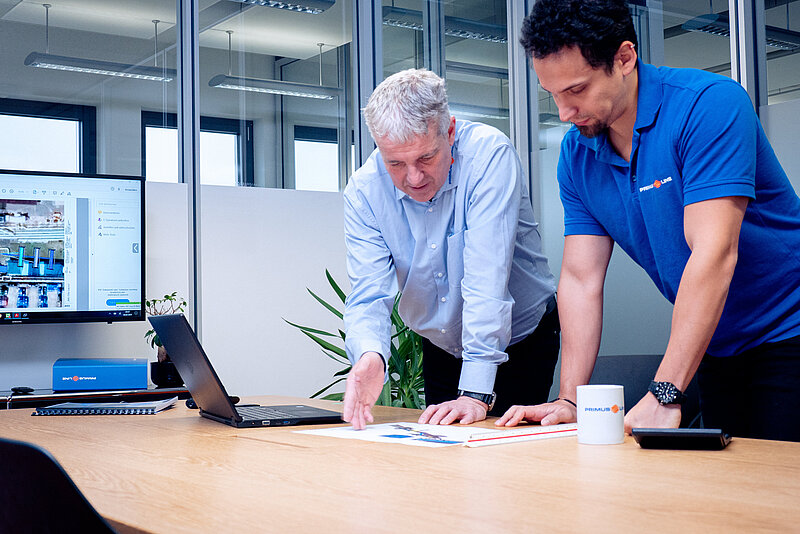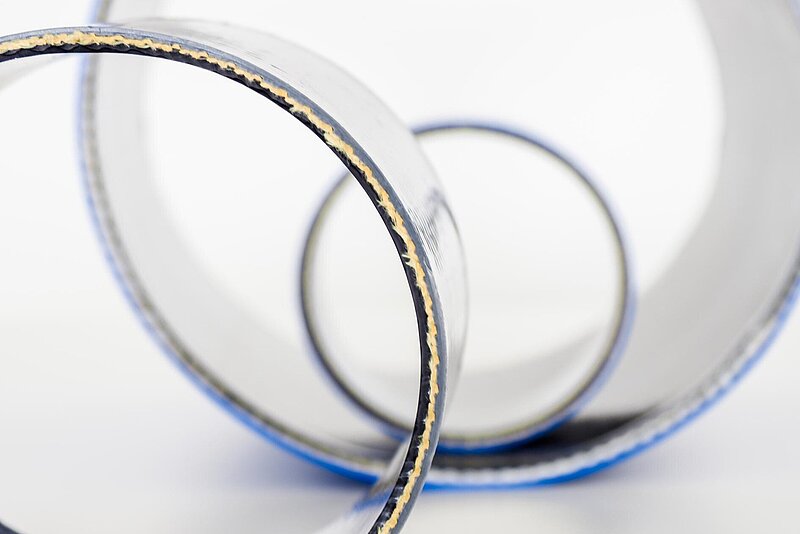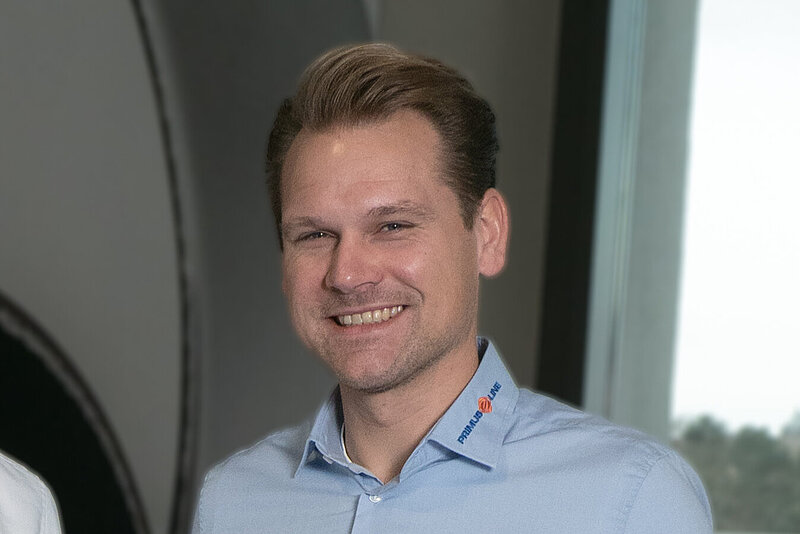Many sewer rising mains have one thing in common: They are part of the operators’ critical infrastructure. Leakages have to be eliminated, because seepage from untight sewer rising mains carries the danger of environmental damage as well as of compromising traffic and building safety. This is associated with considerable costs. A permanent rehabilitation is therefore essential.
However, sewer rising mains that need to be rehabilitated are often difficult to access. They run in densely populated inner-city areas, in ecologically valuable or even protected areas, under rivers, railway tracks or main roads. In case of rehabilitation, it is laborious to take these pipelines out of service. Therefore, a short installation time and fast recommissioning have top priority for operators. New sewer rising mains are usually already designed redundantly in order to be able to maintain sewage transport in the event of failure or repair. This is not the case for older mains. During the rehabilitation period, the sewage has then normally to be pumped out and transported to the sewage treatment plant by lorries.
Failures of pressure pipelines arise by external or internal corrosion as well as by mechanical defects such as untight connectors or longitudinal cracks. In many cases, the pipeline can still withstand the traffic load, but no longer the internal pressure load. Rehabilitation with other trenchless methods is often not an option: Their execution is more time-consuming, installation lengths are restricted and bends can only be traversed to a limited extent.
In view of these challenges, operators of sewer rising mains are increasingly using lining with inserted hoses for their rehabilitations. This method leaves an annular space between liner and host pipe. As with Primus Line®.
